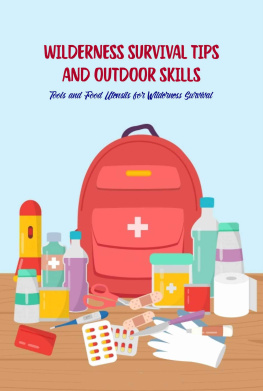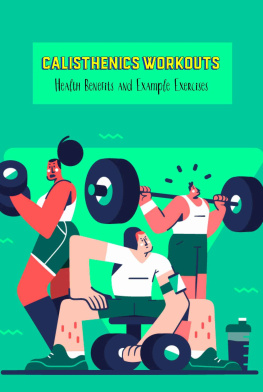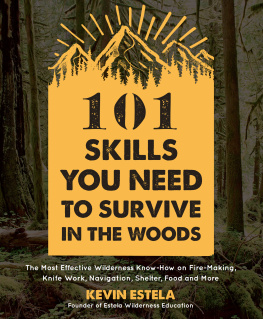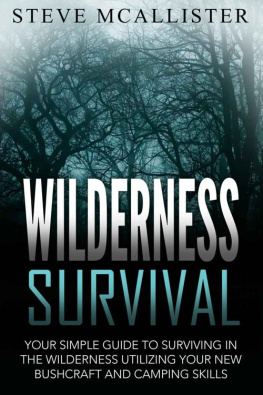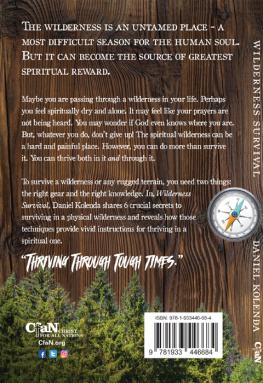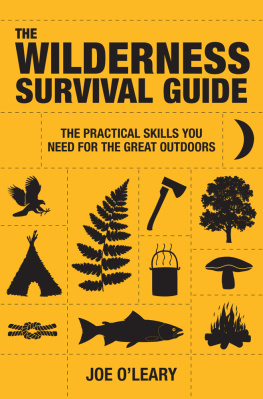All rights reserved.
The author and publisher have provided this e-book to you for your personal use only. You may not make this e-book publicly available in any way. Copyright infringement is against the law. If you believe the copy of this e-book you are reading infringes on the author's copyright, please notify the publisher at: https://us.macmillan.com/piracy
Wilderness Survival Tools You Should Always Have
One of the biggest challenges in buying survival gear and tools is deciding what exactly you need. There are a lot of really great tools out there, some of which have been developed specifically for the survival market. But to be honest with you, theres lots of gear around which has been designed more to impress the buyer than for any practical purpose. Its easy to get off track as you search out what you need and end up with things that seemed nifty at the time, but arent really the kind of tools that will aid you in genuine survival situations.
I have a fairly extensive bug out bag, more than most people do, because its intended to help me survive for the long-term in the wild. While not everything Im going to talk about in this list is in my bag, just about all of it is.
One key thing about any tool is that it wont do you the least bit of good, if you dont know how to use it. Make sure that you invest the time needed to learn how to use your tools effectively, preferably to the point where you can use them in the dark.
Fire Starter
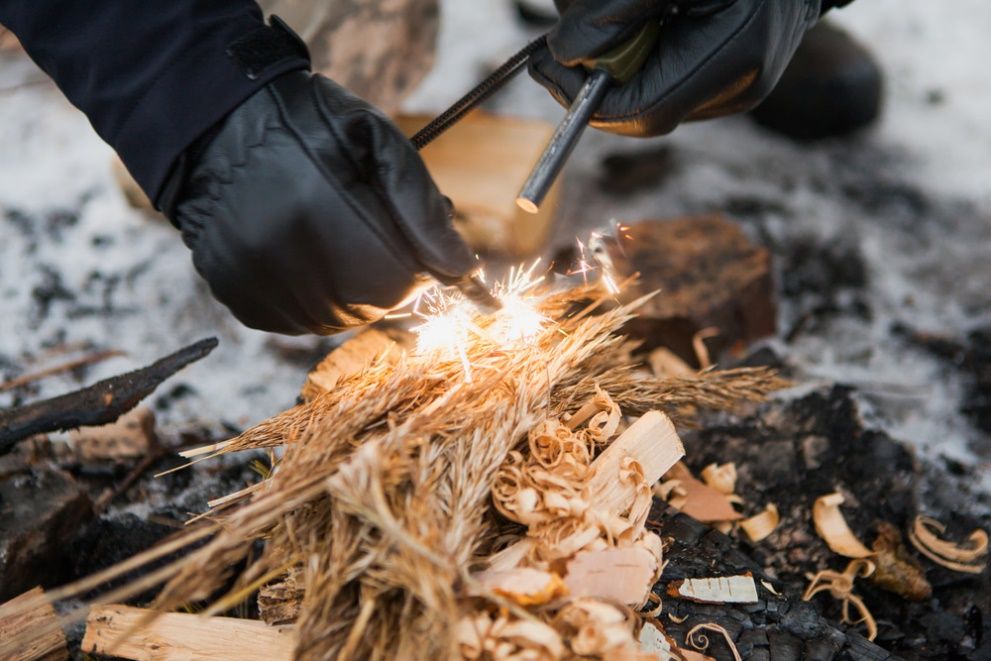
According to Maslows Hierarchy of Needs, theres nothing more important than food, water, warmth, and rest. A fire starter is perhaps the single most important survival tool you can have in your kit, because it will help you cook food, boil water, stay warm, and sleep safely without worrying about predators.
There are many different types of fire starters you can choose from, but one of our favorites for sheer utility is the Firebiner, a carabiner equipped with a small blade and a farro sparking fire starter.
Knife
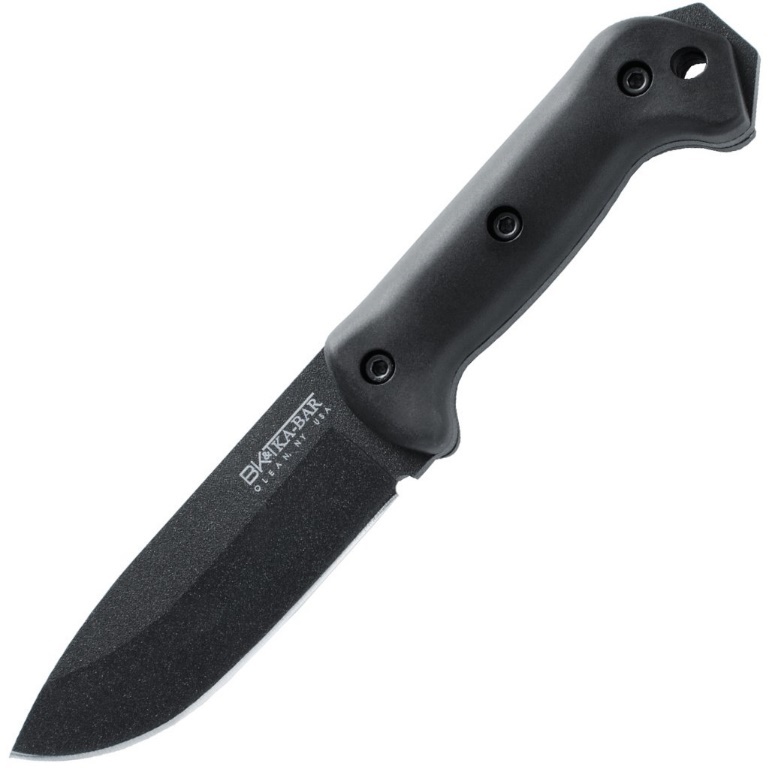
I dont care who you are, what your level of survival training is or what survival situation you find yourself in, the most important tool to have is a good knife. Not only is a knife useful for all the things we normally do with knives, but it can also be used as a substitute for many of the tools below. In addition, you can use a knife to make other tools. You can make a fishing spear or survival bow if you have a knife. There arent too many other tools which will help you do that.
We usually recommend the Ka-Bar Marine Corp Knife as a reliable, tried-and-tested survival knife. It was used by the marines in World War 2 and has stood the test of time. Its also reasonably affordable for a high quality outdoors knife. No bells and whistles on this one, but we dont really think that a knife should have any additional features anyways.
A good survival knife will be made of high-quality steel, so that it can hold an edge. Ideally, it should be a sheathe knife, rather than a folding one, for safety and strength. The blade should be full tang, meaning that the metal of the blade goes back through the handle, so it cant break easily. Other than that, everything else is up to personal preference. Avoid a sharply pointed knife, as the tip of that knife might break off easily.
Topographic Map
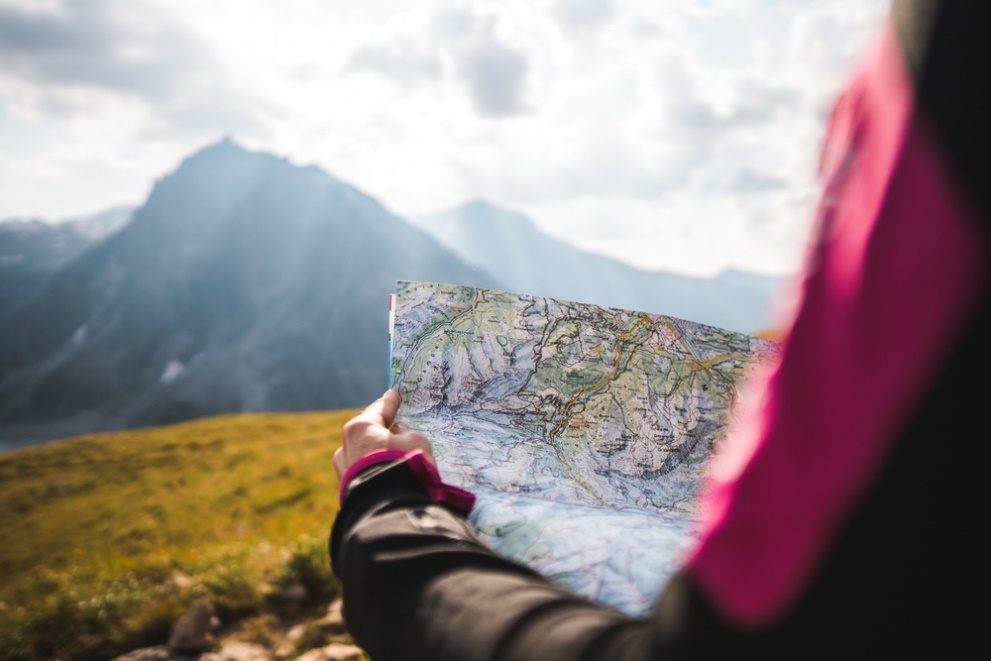
Even if youre going on a flat, short day hike in a familiar area, you should always have a topographic map on hand. Its easy to get turned around and lost if you step off trail, even in your most frequented stomping grounds.
While its still very unlikely for you to get lost on a hike or backpacking trip, its smart to learn how to read a topographic map. Itll be a fun way to learn more about the area, and could be one of the survival tools that helps save your life.
Compass
Much like your topographic map, a compass is an absolute necessity. Its lightweight, analog, and easy to use alone or with other tools if you know how to read one correctly. Take an orienteering class with your local outfitter or hiking/mountaineering organization so that you will know precisely how to use this classic survival tool in a pinch.
In case you dont have a compass, Suunto makes a great one.
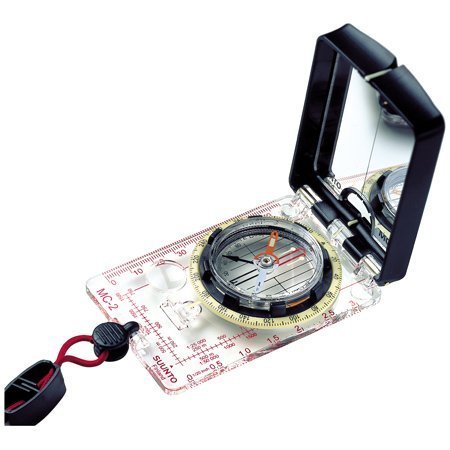
First Aid Kit

A medical kit can be invaluable in the backcountry, especially if youve found yourself in a survival scenario because of illness or an accident. Think beyond Band-Aids and antibiotic ointment for cuts and scrapes, and include other items that can double as survival tools. ACE bandages can serve a variety of purposes, gauze pads for larger wounds, splints for supporting fractures, steri-strips to help close wounds with uneven edges, and alcohol prep pads that can be used for a variety of purposes.
You can save a lot of the guesswork by purchasing a first aid kit designed specifically for outdoor survival. Keep one in your pack at all times (the last thing you want is for it to be in your car at the trailhead or your campsite a few miles away when disaster strikes). It can also be a good idea to purchase a separate first aid kit and keep it in your vehicle, especially if youre frequently car camping or rocking the vanlife.
Emergency Survival Whistle
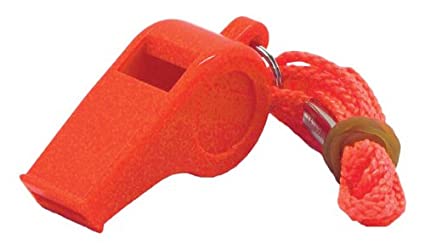
A good, loud whistle comes in handy for all sorts of wilderness applications. Its one of the most essential survival tools when you are frequently going into the backcountry where people are few and far between and wildlife is abundant.
A whistle of at least 100 decibels will cut through ambient noise and travel great distances, plus alert animals like bears to your presence. Keep it attached not just to your pack, if possible, but to your person, in case you get separated from your gear.
Paracord
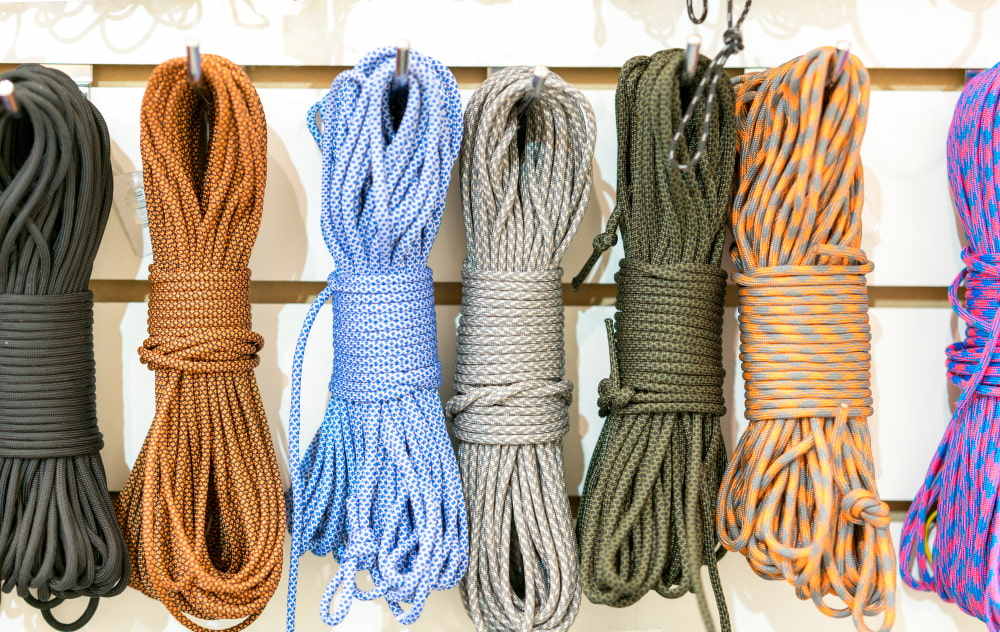
Everyone from serious hikers to the hobbits in Lord of the Rings will expound on the importance of traveling with rope. But for the modern survivalist paracord, which was invented in 1935 for military use, is the way to go.
Because its made of lightweight, sturdy nylon and multiple strands of fiber, paracord is incredibly useful as a survival tool. It can be used to rig tarps and repair gear (or even the Hubble Space Telescope), taken apart for sewing thread or fishing line, or braided together to create a broader, stronger rope. A wearable survival rope bracelet, like Outdoor Elements that uses high-strength paracord, gives you access to rope on your person at all times.

